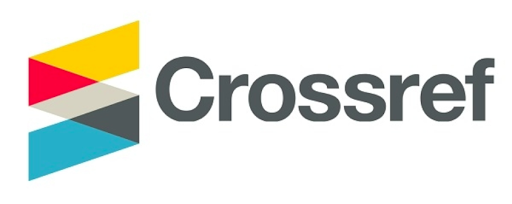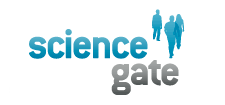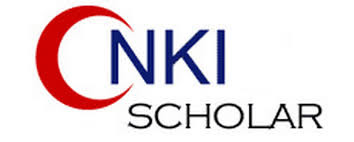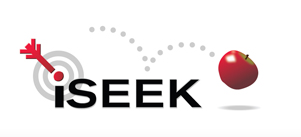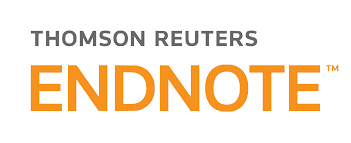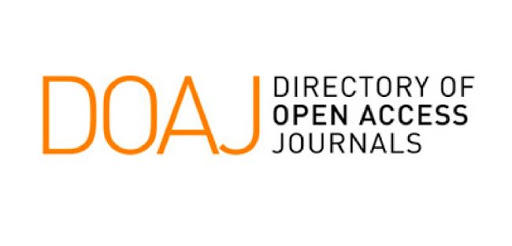Aim & Scopes
Sapporo Medical Journal aims to distribute and expand medical data to the World as well as build a supportive and vibrant community of researchers to connect and explore ideas by publishing articles related to all fields of medicine. Sapporo Medical Journal believes that quality and ethical research. The journal seeks to publish original research articles that are hypothetical and theoretical in its nature and that provide exploratory insights in the following fields but not limited to:
LATEST PUBLISHED PAPERS

Abstract : Introduction: The purpose of this study was to evaluate the fitness of the removable partial dentures peek framework made using two distinct fabrication techniques (fabricated by milling via CAD-CAM and injection molding technique). Materials and Methods: A total number of 18 samples were used. The specimens are categorized into two major groups., I and II are each composed of PEEK RPD frameworks for a maxillary class III modification 1 Kennedy classification. Group (I): Frameworks produced by milling via CAD-CAM technique.Group (II): Frameworks produced by injection molding technique. Results: For overall framework adaption, group II(produced by injection molding technique) provided the lowest value (least fit), whereas group I (produced by milling via CAD-CAM technique) provided the highest value (best fit).

Abstract : Abstract Objective: The current study was carried out to compare the shear bond strength of the rebonded ceramic bracket after using different techniques for removal of the adhesive from the debonded brackets base to find the most favorable method for recycling ceramic brackets. Materials and Methods: Sixty premolar teeth were randomly divided into 4 equal groups (n = 15) then embedded in resin blocks with their crowns exposed. Sixty upper premolar ceramic orthodontic brackets were used in this study and were divided into 4 equal groups (n = 15) according to different adhesive resin removal protocols; Control Group (New brackets), Laser Group, Sandblast Group, and Handpiece Group. Then ceramic brackets were rebonded and the shear bond strength of the rebonded brackets was evaluated using a universal testing machine. All collected data were statistically analyzed. Results: The highest statistically significant shear bond strength mean value was revealed between control group (13.2302MPa) and handpiece (carbide bur) as it is showed smallest mean (6.1863MPa). While there was no statistically significant difference between Control group vs Laser group and Sandblast group. Conclusion: Er,Cr:YSGG laser and Sandblasting were efficient for recondition of mechanically retentive ceramic brackets. Keywords: Rebonded Ceramic brackets, Er,Cr:YSGG laser, Sandblasting, Tungsten carbide bur

Abstract : n the context of searching for a new molecular markers that contribute to under standing the pathological mechanisms of breast cancer and this aims to develop targeted and promising treatment lines. Several experiment studies have clarified the role of Long non-coding RNA molecules in the occurrence of breast cancer. HOTAIR molecule as LncRNA molecule has been extensively studied as a tumer promoter by controlling of gene expression number of genes related to cancer at several molecular levels. This is done through experimental and interventional studies on breast cancer cell lines and tissues. In this study, we tried to approach its expression level in patient’s plasma and compare it to healthy controls.

Abstract : Introduction: The use of CAD/CAM in the manufacture of PEEK and acetal frameworks helps to increase the accuracy and retention of the partial denture frameworks. Aim: is to compare the retentive force of peek and acetal digitally milled partial denture frameworks. Materials and Methods: Twenty digital partial denture framework were milled by CAD/CAM, divided into two equal groups (n=10), ten digitally milled PEEK frameworks and ten digitally milled acetal frameworks. Preparation the clasp of two partial denture was designed on CAD CAM software with thickness 2 mm. and designed hook at the central and bilateral at 5,6 area occlusally to pullout the cast clasps later. Instron universal testing machine model 3345 England used with tensile load at crosshead speed of 5 mm/min until automatically stopped. Results: Retentive force of PEEK was higher than retentive force of acetal in bilateral and unilateral measurement. Conclusion: PEEK should be considered as a substitute framework material for a well-designed Cr-Co RDP.

Abstract : The aim: is to evaluate antibacterial efficacy of sonically activated (Salvadora persica / Glycyrrhiza glabra Extracts) compared to sonically activated (sodium hypochlorite / EDTA) against Enterococcus Faecalis in an in-vitro model Material and methods: Sixty Human mandibular premolars were collected and a standardized tooth length of 18mm was established. Then root canals were instrumented and all samples were autoclaved. 15 specimens were then subjected to microbial analysis and served as negative control group. The remaining 45 specimens were inoculated with E faecalis suspension. 15 specimens served as Positive control group, 15 specimens served as Group (A) where sonically activated (2.5 % NaOCl / 17% EDTA) was applied and 15specimens served as Group B where sonically activated (Glycyrrhiza glabra / Salvadora persica Extracts) was applied . For all specimens were subjected for microbial analysis. Results: group A (NaOCl / EDTA) recorded the lowest median bacterial count at 0.6 log CFU while; group B (G. glabra /S. persica) showed median bacterial count of 1.2 log CFU. The results showed a statistically significant difference in comparison with positive control group p < 0.001 indicating the strong antibacterial activity of both irrigation protocols of group (A, B). Furthermore group A showed a statistically significant more reduction in bacterial count than did group B at p value < 0.001; indicating the superior antibacterial activity of group A. Conclusion: sonically













